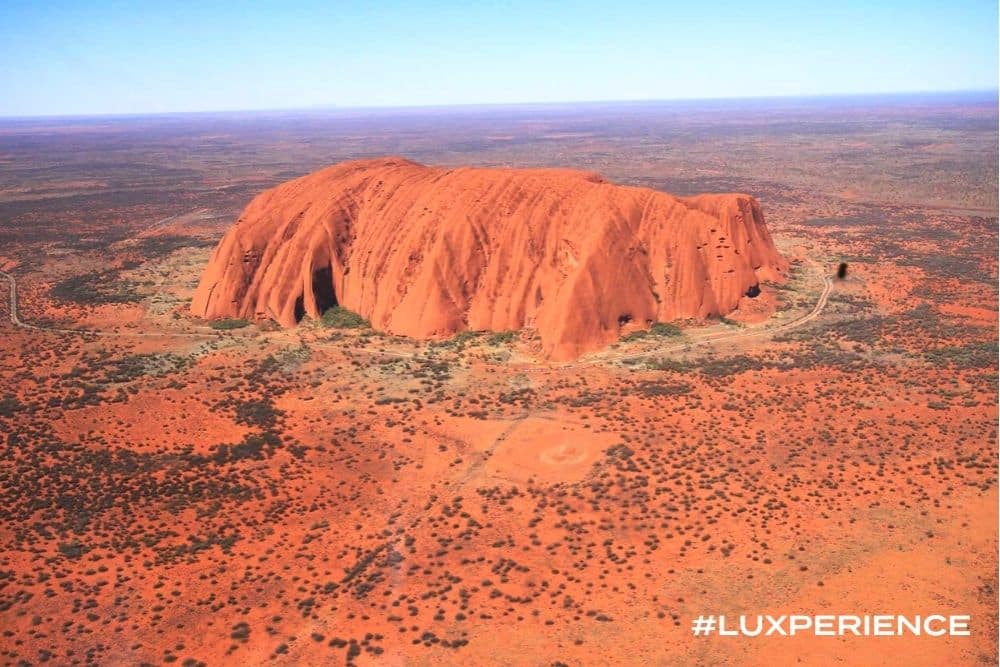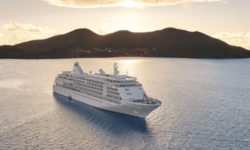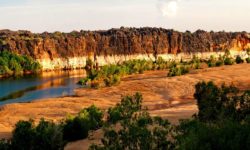5 TAKEAWAYS | Australia and a sustainable tourism future
Wildlife conservancy, education and conservation of our natural environments, and importantly, understanding of and respect for a thriving culture, both Indigenous and contemporary, and the economic impact of tourism on regional economies and communities. As we plan for a post-COVID world, connection with this sort of positive impact has heightened appeal and value. We speak to Tourism Australia's Head of Sustainability, Penny Rafferty on the increasing importance synergy between sustainability and culture.
If you missed the session or would like a recap of the session check out our 5 takeaways below!
1. Defining a Rising Sustainability
In recent years and of course, amidst the current crisis, we’ve seen an ever-increasing understanding of the impact that tourism has economically and environmentally. Sustainability in tourism is a huge concept and with the global pandemic “we have a moment in time where there is increased awareness and intent, so how do we start?” asked Penny Rafferty, Head of Sustainability, Tourism Australia at the beginning of her discussion. We now have an opportunity to “not rush back to a lot of things that weren’t working before” she continued.
Sustainability in Tourism is “more than eco, though – it’s important that we embrace sustainability in all its forms”. The Environment is critical, but the session also focused on the cultural and community side, the ‘people impact’. It’s about driving experiences that send guests home for their travels as ambassadors for where they have been. Craig Wickham, Managing Director, Exceptional Kangaroo Island who joined Rafferty shared how he aims for guests to leave thinking “What can I do differently at home to make sure that we left this place as we found it – that’s done through shared stories and connections”.
The sheer diversity of what contributes to sustainability is enormous, and according to Rafferty, it’s about finding “a way to sell travel that is better for the country – for everyone”.
2. Learning from the Bushfire Recovery
Looking back on the year that has been, the bushfire recovery has certainly paved the way as an example of how to include conservation principals in travel experiences. Positive examples of this are appearing across the country, where “recovery processes; activities like wildlife recovery and rehab, land management and community initiatives engage with as part of their experience” said Rafferty.
The evolution of the recovery has shown what can occur when we engrain conservation activities into a guest experience. “It has helped to concentrate the focus of attention on what can we do, and from a tourism perspective, how do we to continue to integrate this into the guest experience” explained Rafferty.
3. Economic Nutrition and the Halo Effect
Building destinations and feeding the economic nutrition of a region or destination is an essential part of sustainability. Part of measuring the impact of a lodge, for example, in a particular region is about “looking at how many other businesses it partners with, that are part of the experience and visible to guests, that then feed further into the local travel economy” explained Rafferty.
Not only does that Halo Effect impact the businesses who are working together, but it also aids in “connecting with local values and the values of target guests” said Wickham as he discussed the example of Exceptional Kangaroo Island and their recovery post bushfires and the interdependency of businesses working together on the island – “tourism is a great unifier and now is our time to reflect on what we can do differently, to step up and provide some leadership for our community and country” he continued.
4. A Domestic Focus
Local Local Local…the key to inspiring the domestic travel market is that we must create “a legacy that means Australian’s will value the local culture and opportunities…we are dependent on meeting the market, we need to entice the audience and offer them the best experience we can offer them” explained Wickham when discussing the impact that international border closures will have into the future.
Inspiring Aussies to travel in Australia the same way they would overseas, is all about where you can add value and go beyond, look at what makes certain places tick, and understand how luxury travellers leave their destination knowing that they really learned about the place.
5. Indigenous Experiences a Key Example
With its implicit uniqueness, tourism for indigenous culture is in many cases demonstrating the most important examples of sustainable tourism. Some of the examples across the country at the moment, show how deeper experiences can take guests beyond, “there is an incredible wealth of experiences, it’s a powerful way of discovering the diversity of Australia” said Rafferty.
This kind of tourism activities such as hearing family stories and personal experiences are such an important way for the Indigenous culture to share their story and provide a wider understanding and respect of the community to travellers – as there is no better way to tell these stories than hearing from the people themselves, in their country.
Panelist
Penny Rafferty, Head of Sustainability, Tourism Australia with special guest Craig Wickham, Managing Director, Exceptional Kangaroo Island.
A big thank you to Penny for being a part of a Luxperience first! Click here to watch the full session video from the 2020 virtual event.
Most Read
-
Find out more about attending as a buyer
- Buyer









